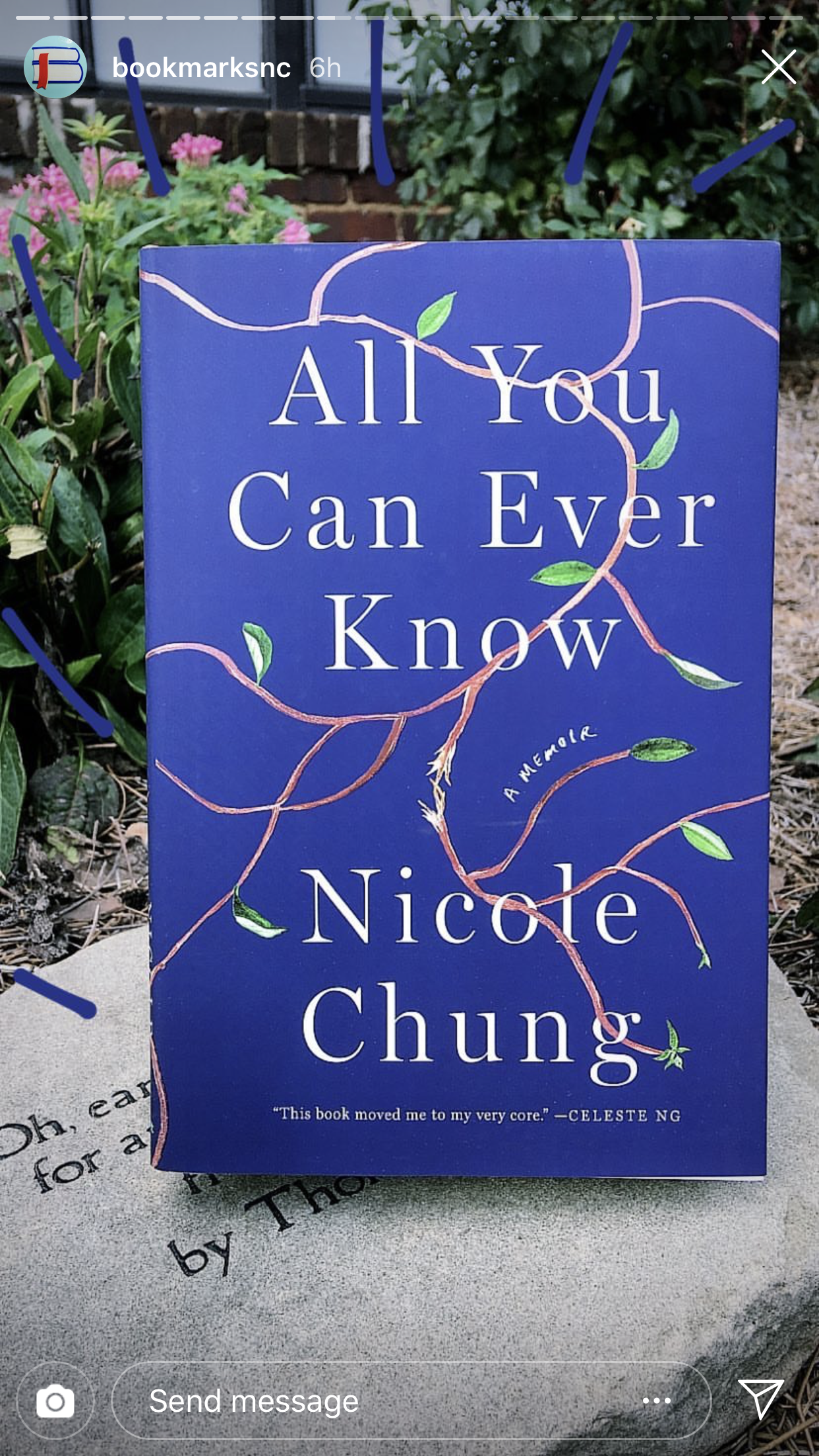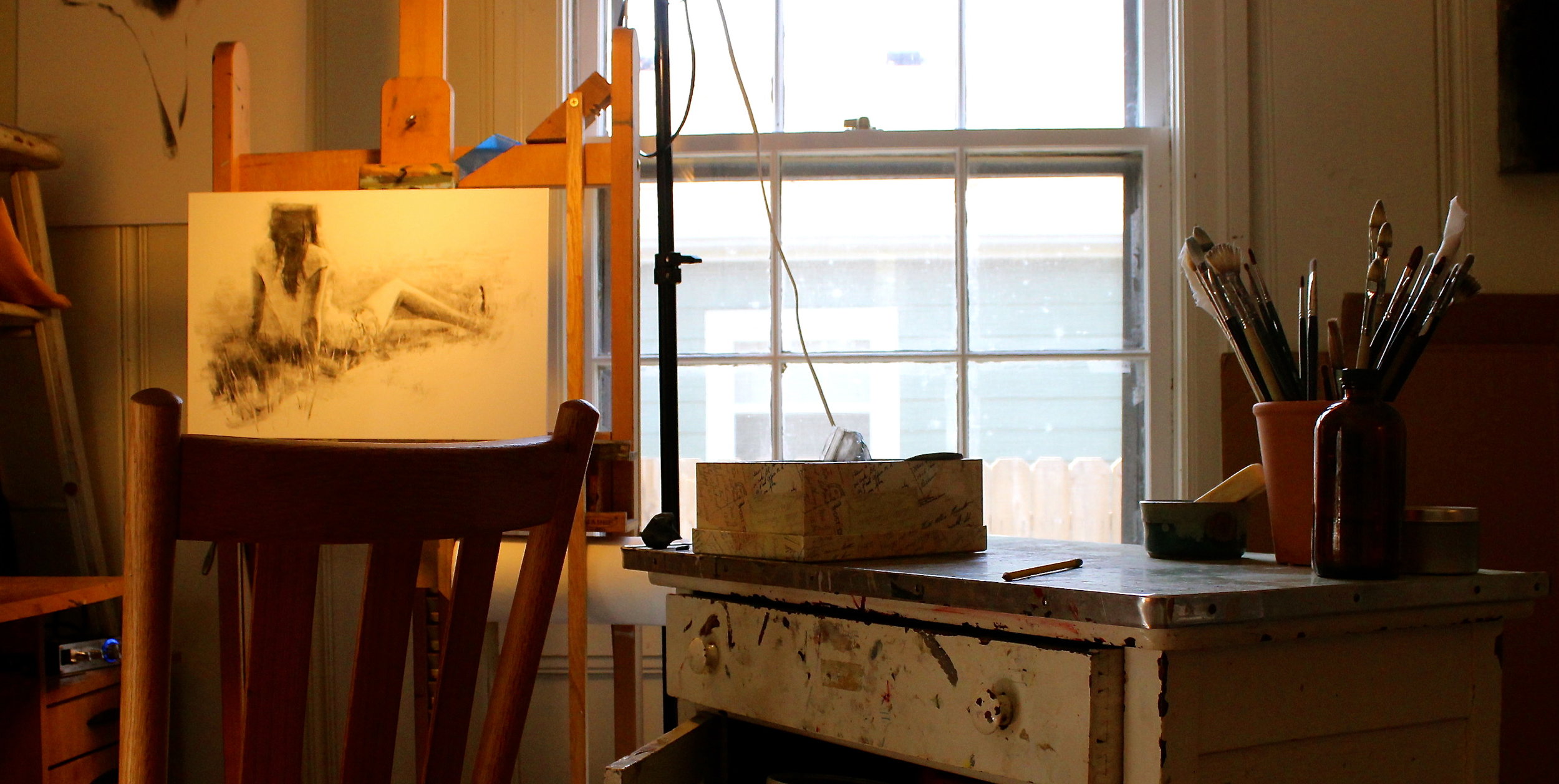Three books to add to your “to be read” pile…
Read MoreBOOKS
East of Eden Book Club Dinner Party
When my book club decided to read East of Eden, I knew I was going to go all out...
Read More4 Books to Read in 2014
Choosing a new book can be daunting. There are so many choices, and if you're like me and refuse to purchase books on an e-reader, the stakes are even higher. If I'm going to fork over $15 and sacrifice another two inches on my ever-shrinking bookshelf, it better be worth it. Let me save you some of the hassle this year, and just say... GO GET THESE BOOKS NOW. I've read them. They're worth it.
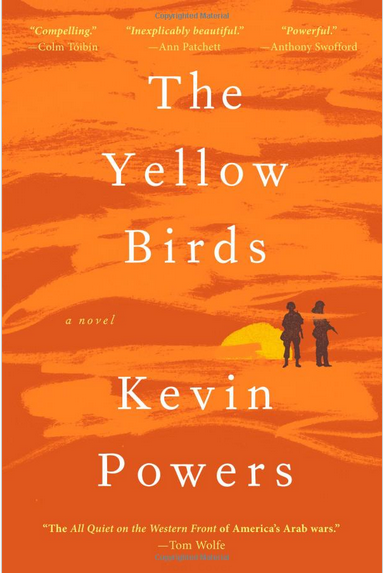
The Yellow Birds
This debut novel by Kevin Powell follows two enlisted soldiers as they fight to survive the war in Iraq. Powell's writing is compelling, heartbreaking and understated. He's being compared to Hemingway, and rightly so. The book has won the PEN/Hemingway award, The Guardian First Book Award, and was a finalist for the National Book Award. Not too shabby. (Originally recommended by: The NYT.)
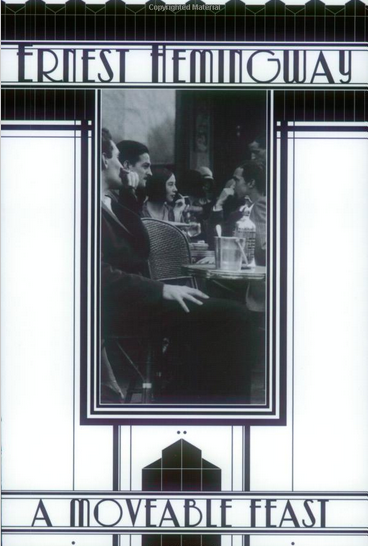
A Moveable Feast
And speaking of Hemingway... read A Moveable Feast, a memoir of Hemingway's early writing years in Paris, from 1921-1926. I packed this book in my carry-on bag to Europe, and devoured it alongside a few buttery croissants. How's that for Parisian? My favorite parts were reading that even Hemingway and his friend F. Scott Fitzgerald suffered from insecurity and doubt. Go figure. (Originally recommended by: a friend.)
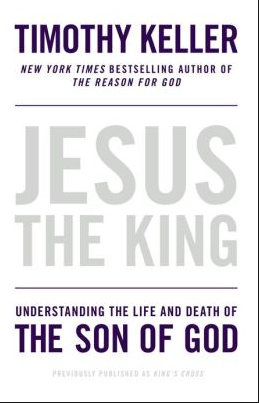
Jesus the King
I've never read a book about Jesus that touched me so deeply. Tim Keller, the teaching pastor at Redeemer Presbyterian Church in NYC, wrote this study of the Gospel of Mark in small digestible chapters that make you underline and star until your hand wants to give out. Made me fall in love with Jesus all over again. (Originally recommended by: my pastor.)
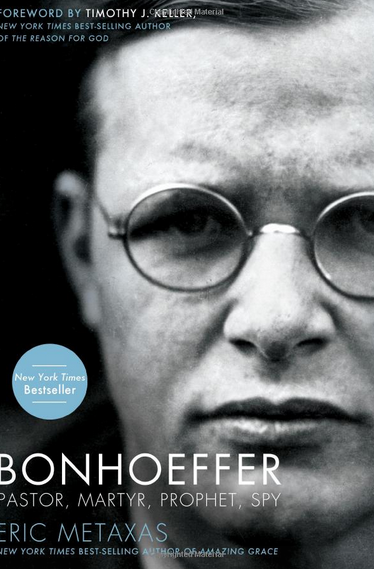
Bonhoeffer
Dietrich Bonhoeffer was a German theologian and teacher during the time of World War II. In this biography, excellently reported and written by Eric Metaxas, readers follow Bonhoeffer as he tries to dismantle the Nazi party from the inside, in the famed Valkyrie plot and in his attempt to smuggle Jews through Switzerland. It's a compelling look at how religion can fall victim to the power of the state, and how one man can choose the harder right instead of the easier wrong. It's long, but worth it. (Originally recommended by: my mom.)
The Cover Up
For Christmas this year, my sister gave me a book by Dr. Larry Crabb called 66 Love Letters. The book walks through each book of the Bible—all 66—as if each one is a love letter from God. And when I sat down to read the first part of Genesis this morning, I was skeptical. I've read it, okay? I've heard it. It's old news—the oldest, actually. I stopped when I got to the part where Eve (and Adam, soonafter) both eat from a forbidden tree. I've always been stumped by this story. What's the big deal with eating that fruit? And what's the big deal about knowing good from evil? And why, after what must have been a very juicy bite, did they immediately put on clothes?
Before fruit: naked and happy.
After fruit: someone get me some clothes.
 Why hide their nakedness first? Why was that their first reaction? I tried to think as if I were Eve. Why would I reach for a leaf, even as I wiped juice from the corner of my mouth with the back of my bare arm?
Why hide their nakedness first? Why was that their first reaction? I tried to think as if I were Eve. Why would I reach for a leaf, even as I wiped juice from the corner of my mouth with the back of my bare arm?
She was ashamed. She was no longer safe to be fully herself, because she was finally aware of good and evil, and she was fully aware to which side she fell. If we know good and evil, then we know we are not good. And we begin the cover up. How much time and effort do I spend on the cover up? How much glitter and how many jewels and what fine jackets and shoes and hairstyles (and jobs and achievements and success) can I conjure to hide the truth that I am on the wrong side of God?
They put on clothes. They must have been shoddy. Ripped leaves, wet with rain. They must have fought over the largest leaves. Did bugs crawl from the creepies onto Eves arms and legs? Did they bite?
And the cover up continues. Adam blames Eve, Eve blames the serpent, and the serpent thinks he's won. But God sees through their shoddy clothes and poor excuses. He says the serpent may have won for a short time, but in the end, he'll be crushed. He says women will have pain in childbirth and in marriage. And he says men will only survive through suffering and sweat and thorns and weeds. He returns to say He was telling the truth all along.
The serpent lied when he said to Eve, "You will not certainly die." God returns to say, "You certainly will."
But he doesn't walk away. He lays out this horrible news—this sad and frightening news. And the next thing God does is incredible. I'd never seen it before. I'd never stopped to notice what happens next.
He covers them up. He makes them clothes.
We're not talking LEAVES, people. We're talking LEATHER. Not the stuff from Florence or the pleather I buy because I can't afford the real stuff. Like, virgin, perfectly tanned leather sewn by the hands of the most creative Designer that has ever walked the planet. Can you imagine the clothes He made? Do you think He killed an animal to make those clothes? Do you think blood was shed? Can you imagine how soft and warm they must have felt falling across Eve's shoulders?
It almost brings me to tears.
He knew they needed to cover up. And He made the covering.
I want clothes like that.
When Vision Races Ahead of Execution
So a few days ago I told you a little secret. I'm working on a book. More accurately, I'm working on a book proposal which is the step before you work on a book. And I shared with you a few of my fears. More accurately, I shared with you a small fraction of my fears because if I shared all of them you would get bored and think I was a self indulgent nit-wit. Which most of the time, I am. But just around that same time, a friend of mine who understands the perils of making a living by making gave me a little gift. It was wrapped in brown paper and twine. It was a thin, rectangular package. It felt a little floppy. I knew it was a book. I just had no idea how it would bless me.
Art and Fear is a book by David Bayles and Ted Orland about how every single day artists everywhere are facing their fears. Some quit. Some don't. And that's the only thing that separates the successful from the unsuccessful. They write, "To survive as an artist requires confronting these troubles. Those who continue to make are those those who've learned how to continue—or more precisely, have learned how not to quit."
When I read that, I felt shored up. Encouraged. Because I know that I know how not to quit. During my two years with Teach for America, I called my mom (and then my husband) every single day crying that I wanted to quit. It was too hard. I wasn't making progress. The gains weren't worth the pain and the exhaustion and the sacrifice. But they helped me keep going. They taught me to continue. And now, in a job I love—I know the same must be true. I can't quit continuing.
I spoke to a portrait artist a few weeks ago—and he said something that meant a lot to me then, but means even more to me now. In portrait art, in drawing, he said most people stop because they look at a picture they've drawn and say, "Oh, that's horrible!" But David says when he works with new artists, he uses that as fuel to keep them going. "If you can tell that it's not good," David says, "then you're capable of doing better."
This morning, I was reading Art and Fear, (my new morning ritual before pulling out my pen), and the author reiterated what David was trying to tell me. Together, they both hammered home the same idea: more often than not, our vision exceeds our execution. We can see something in our head that doesn't exist yet on paper. We can envision something on the screen that doesn't exist yet on film. We can hear something in our mind that hasn't ever been played.
That could drive us crazy, or it could drive us to the Ultimate Creator.
"Consider the story of a young student who began piano studies with a Master. After a few months' practice, he lamented to his teacher, 'But I can hear the music so much better in my head than I can get out of my fingers.' To which the Master replied, 'What makes you think that ever changes?'" Art and Fear, p. 14.
Perhaps we will always be plagued by this knowledge that what we create isn't exactly what we want to create. We desire better. We desire what is more beautiful. We desire what we see but can't attain.
And maybe that is on purpose. In those moments that I hear the story so much better in my head than I can get out of my fingers, I can be reminded that this three dimensional world is not the only one that exists. There also exists another dimension—the dimension where that thing that I see in my head, or hear in my ears, or feel in my soul—where that actually exists and breathes and sings. I believe God exists in both of those dimensions. He can see and create exactly what he sees. He did it with you. He did it with me.
And He's still creating.
"He who began a good work in you will carry it out to completion until the day of Christ Jesus." Philippians 1:6.
And if God's still creating—then I can keep creating too.

